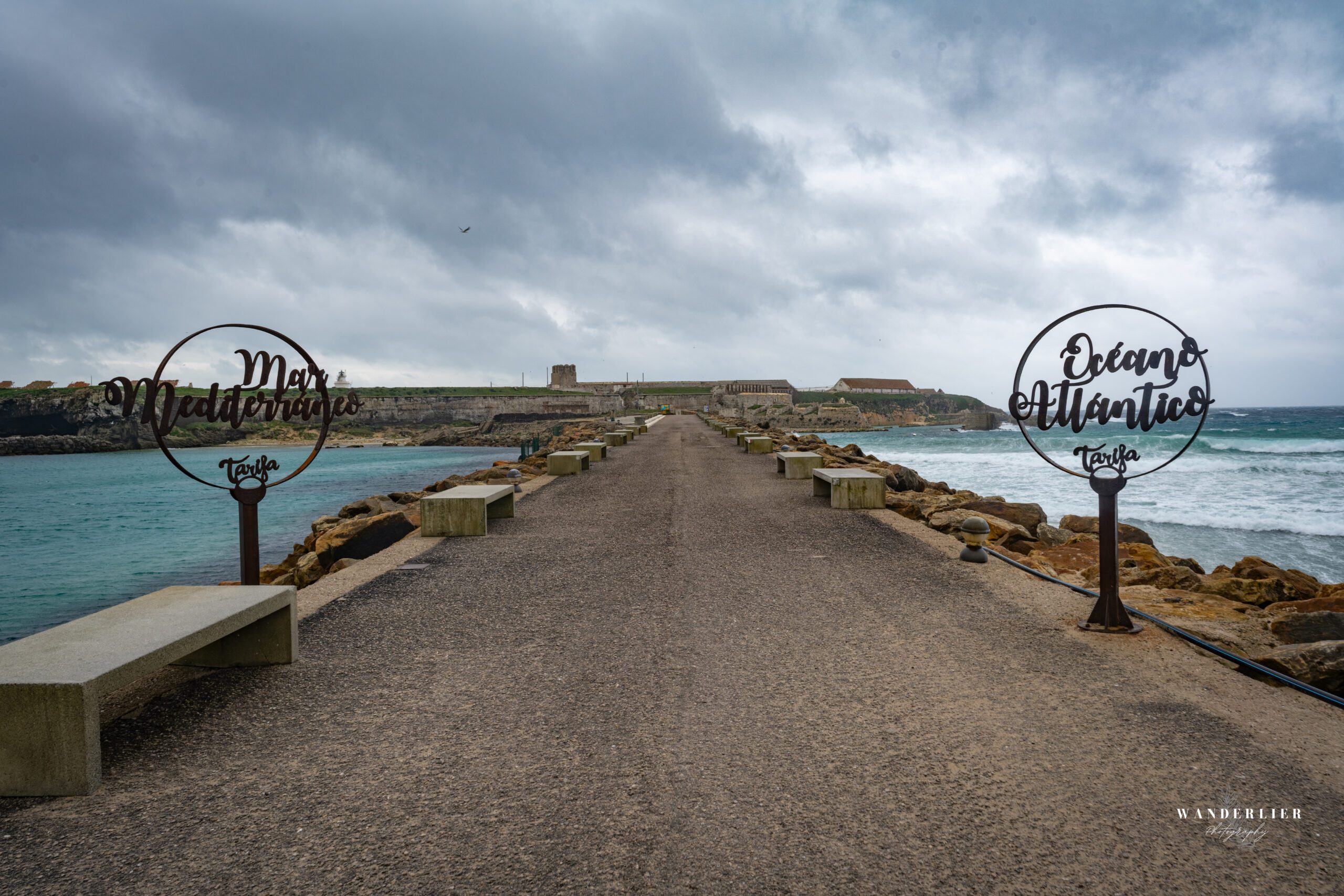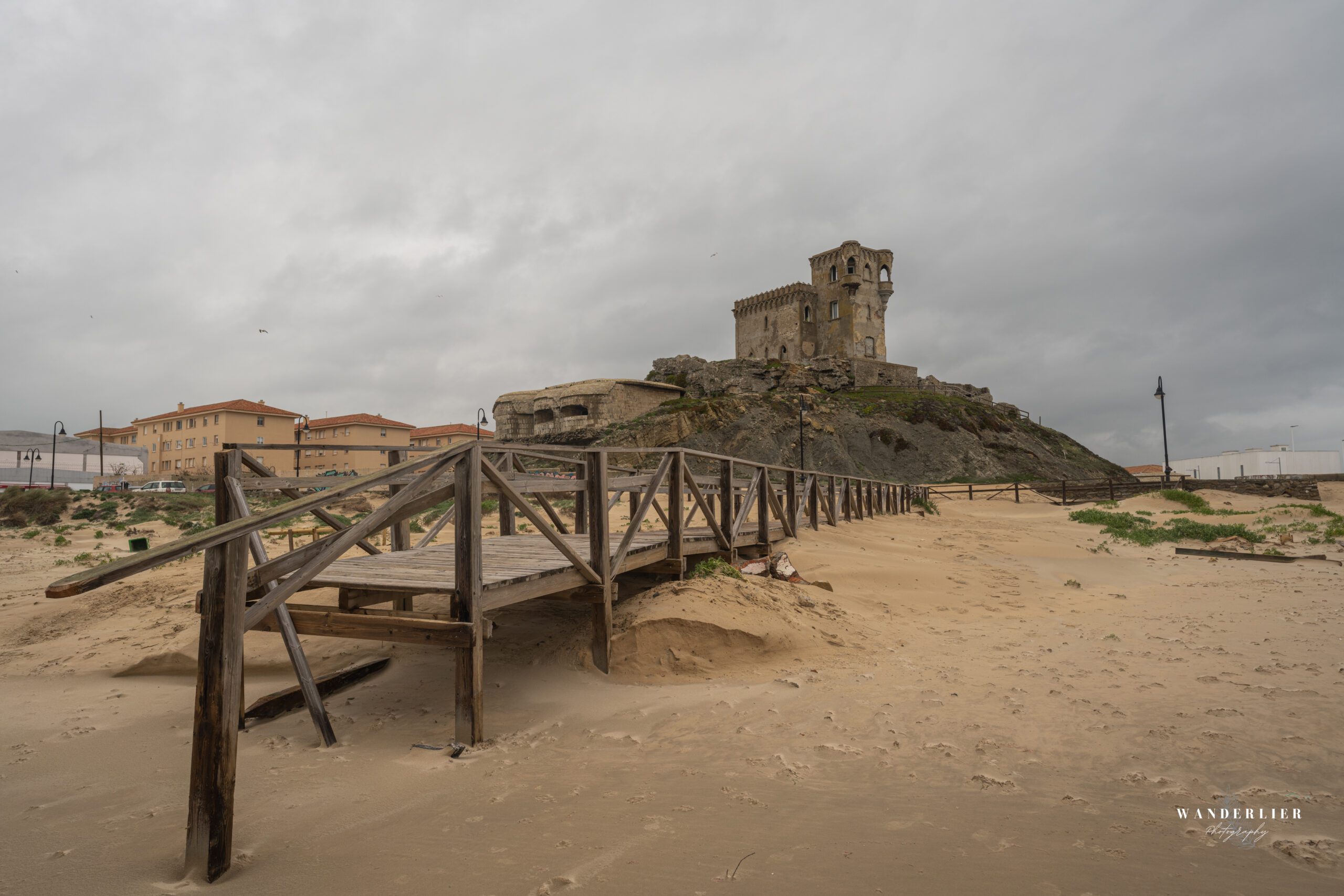Isla de Tarifa
Isla de Tarifa, also known as Isla de las Palomas, is a captivating island located on the southern coast of Spain, in the town of Tarifa. This island, part of the protected Parque Natural del Estrecho, is an idyllic destination known for its pristine nature, beautiful beaches, and breathtaking views of the Strait of Gibraltar and the coast of Morocco.
The Isla de Tarifa is accessible via a narrow causeway that connects it to the mainland, giving visitors a sense of seclusion and tranquility as they escape the hustle and bustle of the mainland. The island is mostly undeveloped, with only a few facilities for visitors, making it an ideal destination for nature lovers and adventurers who want to enjoy the natural beauty and serenity of the area.
One of the most striking features of Isla de Tarifa is its diverse landscape, which includes lush Mediterranean vegetation, sandy beaches, rocky coves, and cliffs that rise dramatically from the sea. Visitors can enjoy walks along coastal paths, swim in the crystal-clear waters, and relax on secluded beaches, far from the crowds of the city.
The island also offers a wealth of opportunities for adventurous activities such as snorkeling, kayaking, and birdwatching. Isla de Tarifa is an important stopover for migratory birds crossing the Strait of Gibraltar between Europe and Africa, making it a paradise for birdwatchers seeking rare species and spectacular bird sightings.
Access to the island is only available through specially arranged tours, ensuring a more exclusive and tranquil experience.

Castillo de Santa Catalina
Castillo de Santa Catalina, located in Tarifa, is a historic fortress that is an integral part of the city’s rich heritage. This imposing castle, rising high above the coastline, is not only an iconic symbol of Tarifa but also an important historical and tourist attraction.
The Castillo de Santa Catalina was originally built in the 10th century by the Moors during their rule over the Iberian Peninsula. It served as a defensive stronghold to protect the coast from sea invasions, and over the centuries, it has undergone various transformations, showcasing a blend of Moorish and medieval architectural styles.
The castle played a crucial role in the maritime history of Tarifa, being involved in numerous historical events, including naval battles between Christian and Islamic forces, piracy, and trade routes between Europe and Africa.
Today, the Castillo de Santa Catalina is a popular tourist attraction and a significant cultural monument in Tarifa. Although it is not possible to enter the castle, visitors can enjoy the stunning views it offers over the surrounding landscape and coastline. The castle remains an important landmark, reflecting the city’s strategic role throughout history.


